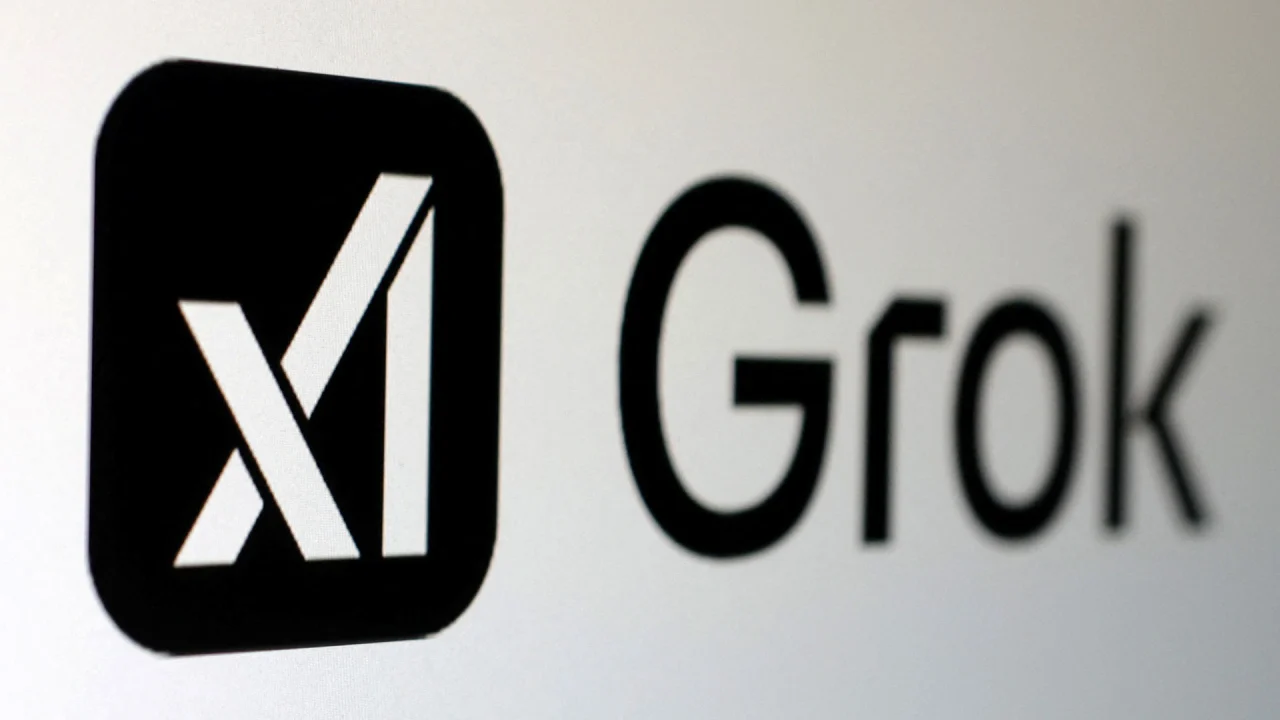Demat Charges Explained and Smart Ways to Reduce Them
Opening a demat account involves some charges. These charges vary with the service provider and the account type.

A demat account, or dematerialized account, is a crucial part of the investment process within the stock market. It allows investors to hold securities and shares in electronic form. This eliminates the need to possess physical share certificates and simplifies the process of buying, selling, and transferring securities. A demat account is linked to a trading account and a bank account and forms an effortless network for transactions.
Demat Account Charges
Opening a demat account involves some charges. These charges vary with the service provider and the account type. The main components of demat account charges are
Account Opening Fees: There is an account opening charge for a demat account levied by some service providers. However, waive this charge as part of promotional offers.
Annual Maintenance Charges (AMC): It is a recurring charge that is paid by account holders annually for maintaining their account. The AMC depends on the type of account and services provided.
Transaction Charges: They are levied every time an investor purchases or sells securities. Some providers charge per transaction, while others charge a flat monthly fee for unlimited transactions.
Custodian Charges: These are charges for keeping the securities in a demat account. The charge is usually based on the value or size of the securities held.
Dematerialization and Rematerialization Charges: When investors move physical shares to electronic form, or vice versa, providers charge a fee for the same. The fee may include processing charges and courier charges.
Pledge Charges: When a promoter pledges securities held in the demat account as collateral for a loan, pledge charges are levied. The charges are for opening, closing, or invoking the pledge.
Demat Charges Explained
Each demat account charge serves a certain purpose. By understanding them, investors can keep track of expenses and plan their investment strategy.
Opening Fee: This is a one-time payment that is charged on account opening. Zero opening fees are provided by certain providers as a customer acquisition technique.
AMC: It means annual charges, which are employed to maintain the account and service it. It comprises administrative costs and infrastructure employed to hold and facilitate securities.
Transaction Fees: The charges are made when securities are credited or debited. For instance, whenever shares are being sold, the provider makes a charge against the account.
Custodian Fees: These fees help in keeping the custody of securities in electronic form. Not all custodians make custodian fees, especially if the securities held are of a particular category.
Conversion Charges: These are levied when physical certificates are converted into electronic certificates or vice versa. The charge involves document verification, data entry, and courier services.
Pledge Fees: Investors may be asked to pledge shares against a loan. The service provider arranges this and charges for the service. The charges are payable for pledging as well as un-pledging securities.
Smart Ways to Reduce Them
Investors can take several steps to reduce demat account fees. While it is not possible to avoid all the fees, wise planning and utilization can reduce the load. Follow these simple steps:
Compare Service Providers: Investors must compare the fee structures before opening a demat account. Selecting a provider that has clear and reasonable fees will help you in the long term.
Opt for a Basic Services Demat Account (BSDA): Small portfolio retail investors can opt for a BSDA. The account does not have or has reduced AMC if the holding value is within the stipulated limit.
Restrict Transactions: Transaction charges add up over the period. Forward planning investments and restricting repeated buying and selling minimize these charges.
Reduce Unnecessary Pledging: Pledging of stocks needs to be undertaken only when unavoidable. This saves additional pledge fees.
Dematerialize All Physical Certificates at Once: Bunching the dematerialization saves several processing and courier charges.
Monitor Account Statements: Periodic account statement checking avoids unnecessary charges or wrong deductions.
Maintain Minimum Activity: Inactivity charges are levied on some accounts. Maintaining minimum activity, such as holding or buying small values, avoids these charges.
Close Unutilized Accounts: If an investor has more than one demat account, it is wise to retain only the cost-saving one. Closing unutilized accounts saves additional AMC and maintenance charges.
Conclusion
A demat account is needed for today's investors who would like to invest in a paperless and effective way. It not only streamlines the investing process but also adds safety and transparency. Nonetheless, demat account holders should keep themselves aware of the numerous demat charges to handle their investments effectively. With knowledge about demat account fees and following intelligent methods of minimizing them, investors can facilitate cost-effective and effective portfolio management.








































































































![Building A Digital PR Strategy: 10 Essential Steps for Beginners [With Examples]](https://buzzsumo.com/wp-content/uploads/2023/09/Building-A-Digital-PR-Strategy-10-Essential-Steps-for-Beginners-With-Examples-bblog-masthead.jpg)



















































